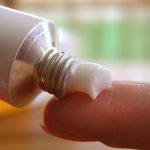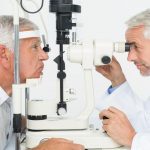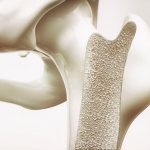
It’s tempting to treat little skin bumps on your own, but that delays proper diagnosis and treatment that may work better, federal regulators cautioned. Among the many types of skin conditions a person can contract are a virus called molluscum, which look like white, pink or flesh-colored bumps. Products marketed as treatments for molluscum have not been approved by the U.S. Food and Drug Administration, the agency warned. There are no approved treatments in either prescription or over-the-counter form for the condition, which will typically go away on its own in six to 12 months but could last up to five years. Molluscum are sometimes called water warts. They can grow alone or in groups almost anywhere on the skin, including the face, neck, arms, legs, abdomen and genital area. They are rarely on the palms of the hands or soles of the feet. Sometimes these bumps itch and get irritated. People with a weakened immune system may have larger or more bumps. They’re more common in children, but can happen in teens and adults. Without seeing a doctor, you won’t know if what you have is actually molluscum or something else. Molluscum is spread by skin-to-skin contact, including sexual contact, and by sharing clothes or infected objects such as sports equipment. Staying clean, including washing your hands, is the best way to prevent them.… read on > read on >





































